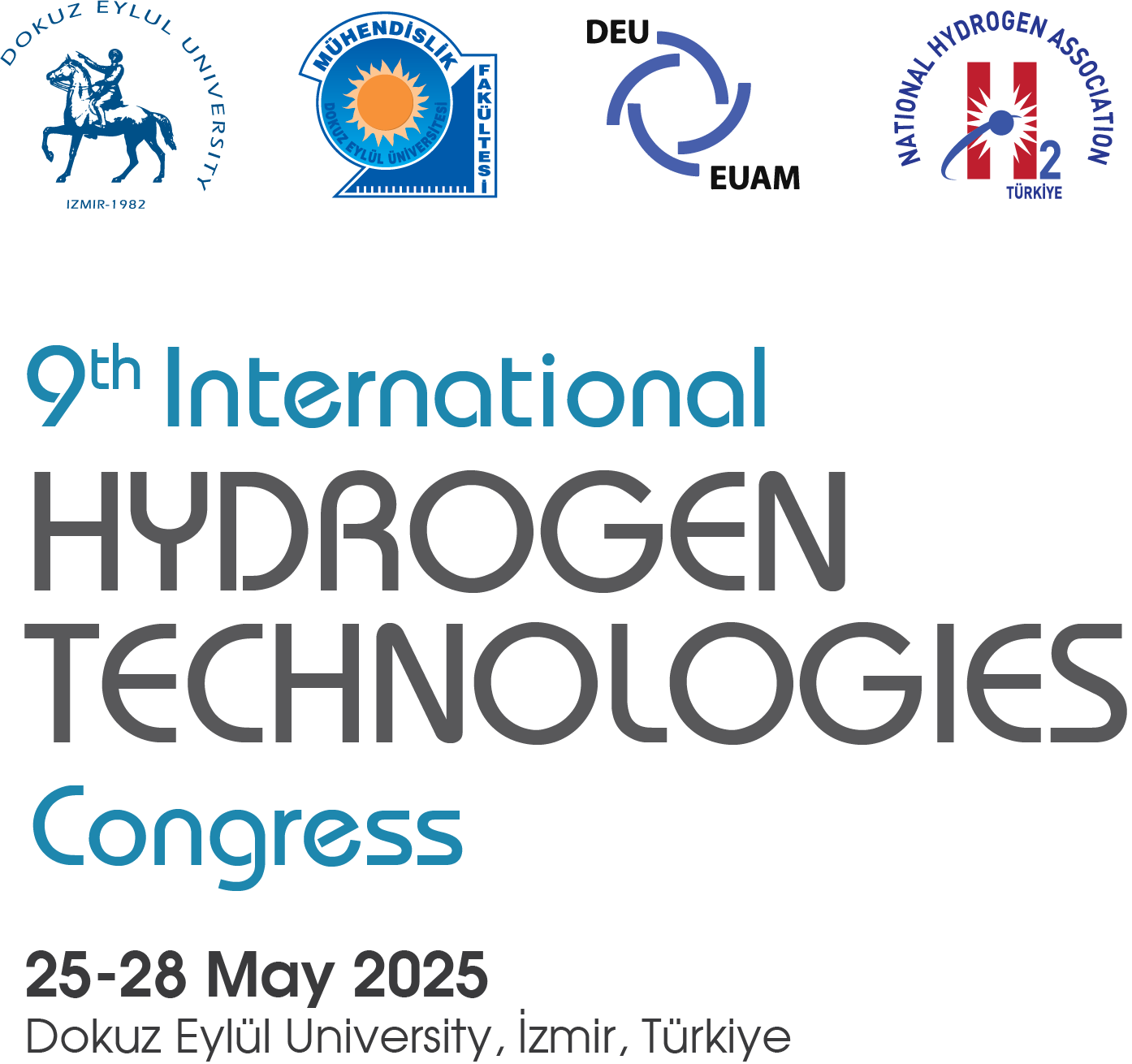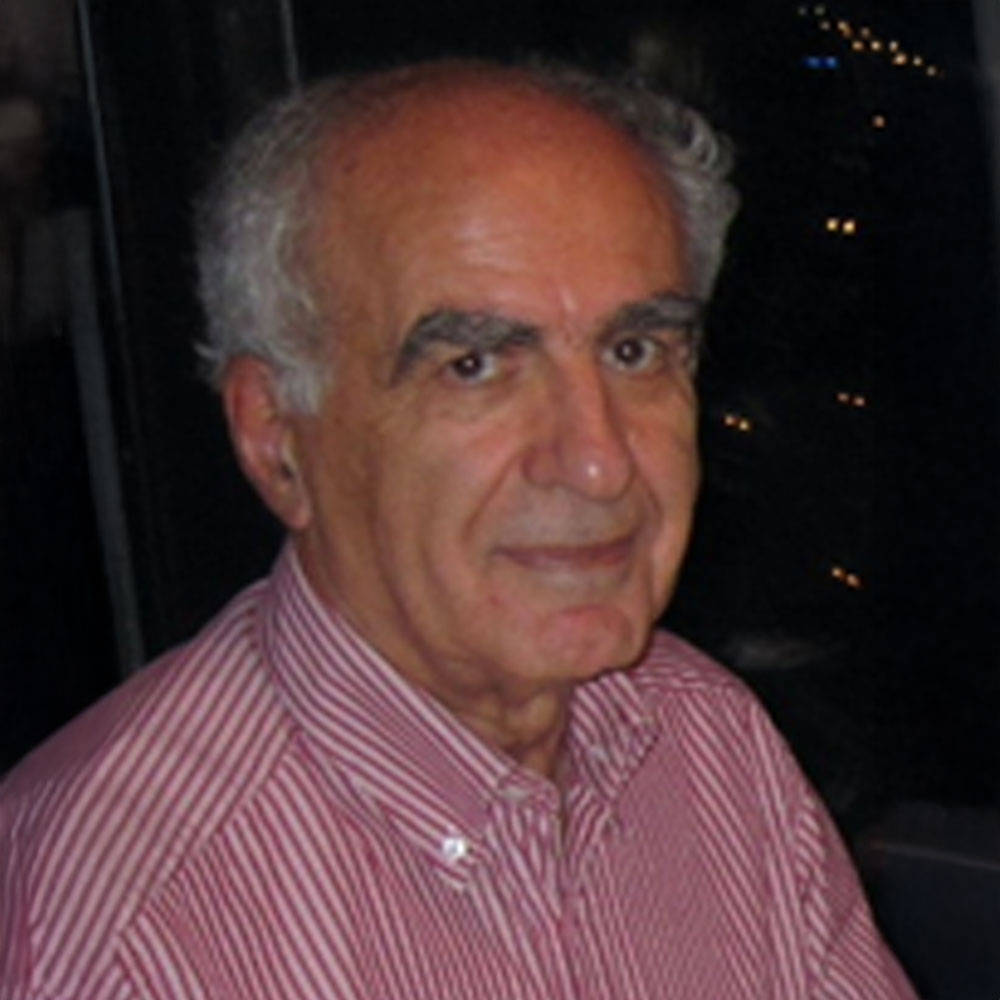Presentation Title: Recent Advances in Catalyzing the Hydrolytic Dehydrogenation of Ammonia Borane
Abstract
One of the most promising solid hydrogen storage materials is ammonia borane which can release hydrogen through hydrolysis in the presence of suitable catalysts at ambient conditions. Noble metals are much more active catalysts than the non-noble metals in releasing H2 from the hydrolysis of ammonia borane. However, the high price of precious noble metals hampers their large-scale applications in catalysis. Therefore, an immense challenge is the further enhancement of the overall utilization performance of precious metals with the goal of lowering the cost of noble metal catalyst as much as possible. The following issues need to be considered for achieving a perceptible improvement in total efficiency of noble metal nanocatalysts in hydrolytic dehydrogenation of ammonia borane: (i) obtaining the highest catalytic activity by using the smallest amount of metal relative to substrate, (ii) generating the largest fraction of metal atoms as active sites in the nanocatalyst, and (iii) creating noble metal nanocatalysts which are highly stable, yet catalytically active and long-lived. Herein, the available methods for increasing the utilization efficacy of noble metal catalysts in hydrogen evolution from the hydrolysis of ammonia borane will be discussed. The noble metals which will be covered are ruthenium, rhodium, palladium, and platinum. Each method will be assessed for its ability to escalate the catalytic activity, durability, stability, lifetime, and reusability of the noble metal nanocatalysts in the light of existing literature. The progresses in developing highly efficient noble metal nanocatalysts for the evolution of H2 through hydrolysis of ammonia borane will be discussed briefly along with the available parameters. The existing approaches for the development of noble metal nanocatalysts will be presented in the order of using (a) water soluble metal complexes as homogenous catalysts in aqueous solution, (b) colloidal metal(0) nanoparticles, (c) carbonaceous materials as support for the metal nanoparticles, (d) oxide materials as support for the metal nanoparticles, (e) porous materials to confine metal nanoparticles, (f) multimetallic nanoparticles by mixing the precious metals with the cheap non-noble metals, (g) increasing the lifetime and reusability of noble metal nanocatalysts by supporting them on magnetic powder. In each set, the narrated results will be assessed by gaging the enhancement in catalytic activity, durability, stability, lifetime, and reusability. The results demonstrate that the catalytic efficiency of noble metal nanocatalysts in hydrolytic dehydrogenation of ammonia borane can also be increased by a suitable combination of all the available methods.
Biographical Sketch
Saim Özkar was Born in Elâzığ, Turkey in 1949, completed his undergraduate study in chemical engineering at the Technical University of Istanbul in 1972, and then worked for two years in industry. He received his Ph.D. in inorganic chemistry at the Technical University of Munich, Germany in 1976, worked in the Institute for Mineral Research and Exploration of Turkey, and joined the Department of Chemistry, Middle East Technical University in 1979. He spent one year at the Max Planck Institute in Mülheim a.d. Ruhr, Germany as scholar of Alexander von Humboldt-Foundation in 1986, 2 years at the University of Toronto as visiting professor in 1988-1990, and now 5 total years at Colorado State University since 2000 starting with Fulbright Fellowship. He was awarded Science Prize by the Scientific and Technological Research Council of Turkey in 1996 and has been a member of Turkish Academy of Sciences since 1996. His research interests involve the catalysis, organometallic chemistry, transition metal nanoparticles (synthesis, characterization, and catalytic use in many industrially important reactions) as well as the reaction kinetics and mechanisms of catalysis and nanoparticle formation. Özkar is author of more than 325 (SCI) scientific articles; 14,000 citations; h-index = 67.


